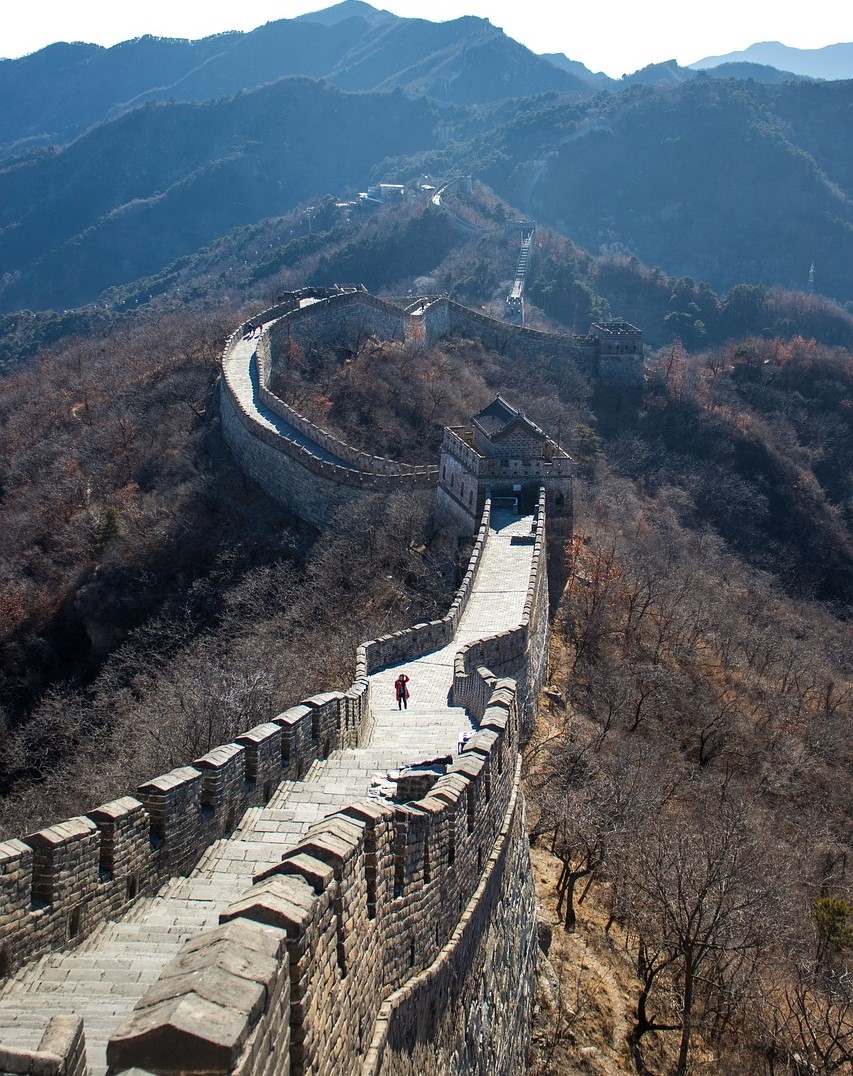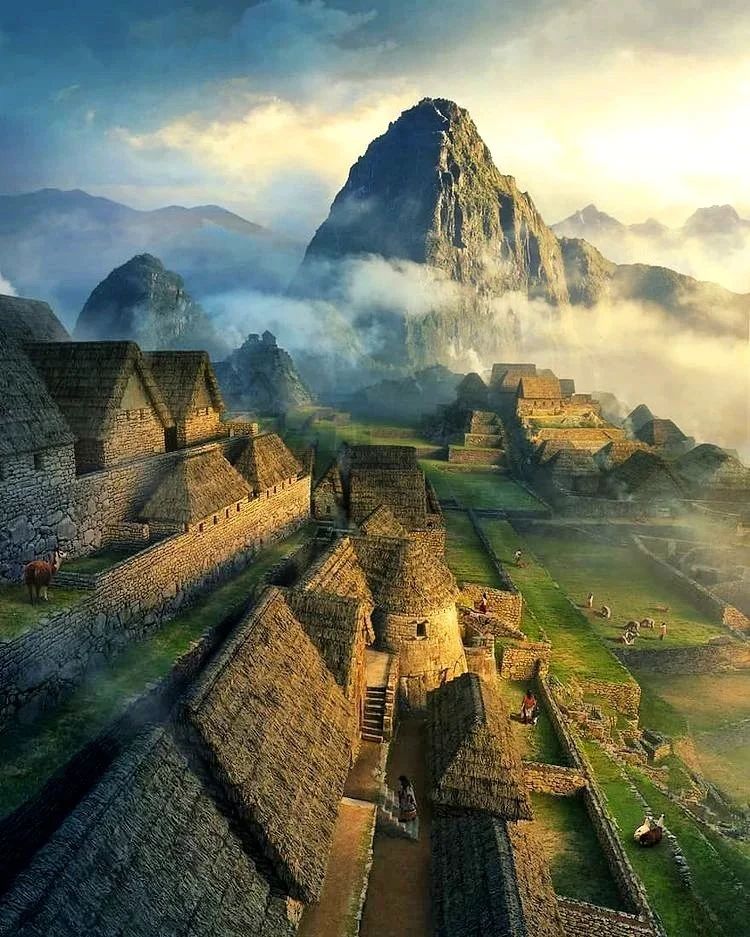Exploring Petra: Unraveling the Mysteries of an Ancient Arabian Metropolis
Petra, a UNESCO World Heritage Site nestled in the rugged landscapes of southwestern Jordan, is more than just an ancient city – it’s a testament to the ingenuity, resilience, and cultural richness of the Nabatean civilization.
A Glimpse into History
Established as the capital of the Nabatean kingdom around the 4th century BC, Petra quickly rose to prominence as a hub of trade and commerce. Its strategic location along major caravan routes connecting Arabia, Egypt, and the Mediterranean made it a bustling center for the exchange of goods, ideas, and cultures.
Architectural Marvels
One of Petra’s most iconic features is its rock-cut architecture, where entire buildings were carved directly into the sandstone cliffs. Among the most famous structures is the Treasury, or Khaznet Pharaoh, adorned with intricate facades and elaborate carvings. The Monastery, another striking edifice located high in the cliffs, showcases the Nabateans’ mastery of stone-cutting techniques.
Cultural Significance
Beyond its architectural splendor, Petra holds immense cultural significance as a melting pot of civilizations. Influences from ancient Egyptian, Greek, Roman, and Arabian cultures converge in its art, architecture, and inscriptions, reflecting centuries of cross-cultural exchange and interaction.
Rise and Decline
Petra reached its zenith during the 1st century AD, but its fortunes began to wane with the decline of overland trade routes and the rise of maritime trade. The city fell into obscurity and was eventually abandoned, its grandeur fading into the annals of history.
Rediscovery and Preservation
In the early 19th century, Swiss explorer Johann Ludwig Burckhardt rediscovered Petra, sparking renewed interest in its ancient wonders. Since then, ongoing efforts have been made to preserve and protect its archaeological treasures, ensuring that future generations can continue to marvel at its beauty and significance.
Visitor Experience
Today, Petra welcomes visitors from around the world to explore its labyrinthine streets, towering tombs, and sacred temples. Guided tours offer insights into the city’s rich history, while hiking trails lead adventurous travelers to hidden gems off the beaten path.
Conclusion
Petra stands as a testament to human creativity, resilience, and the enduring legacy of ancient civilizations. Its majestic ruins and awe-inspiring landscapes captivate the imagination, inviting visitors to embark on a journey through time and uncover the secrets of this ancient Arabian metropolis.
Discover the wonders of Petra and experience the magic of one of the world’s most captivating archaeological sites.
This detailed exploration of Petra delves deeper into its history, architecture, cultural significance, and visitor experience, offering readers a comprehensive understanding of this ancient marvel.




